"November's night is dark and drear, The dullest month of all the year", opined Letitia Elizabeth Landon in 1836, however, 'twas not all doom and gloom, for, as she continues, "the November evening now closing in round Mrs. Cameron's house was of a very cheerful nature."*
A cheerfulness in Mrs. Cameron's house/school occasioned by the gaiety associated with the rapidly approaching annual school prize-giving and ball; and a cheerfulness to banish the dreary darkness of a November evening that can also be achieved through the intellectual stimulation of an architecture and/or design exhibition.
Our five recommended distractions from November 2021 can be found in Frankfurt, Basel, Dresden, Miami Beach and Munich.....
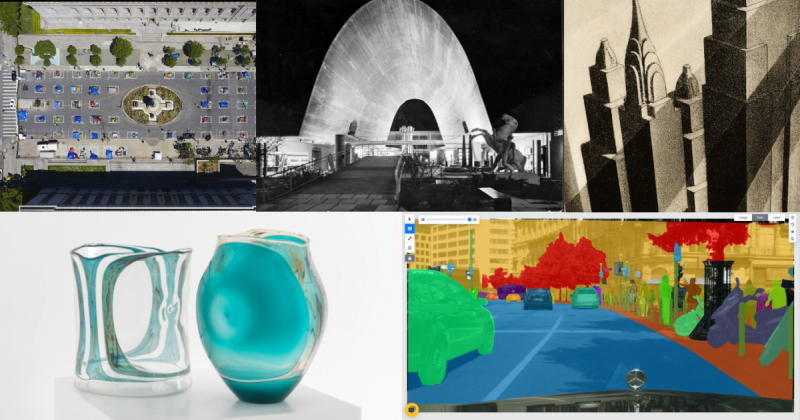
Despite the apparently very clear distinctions between craft, design and fine art, there are also a great many intersections and convergences; important intersections and convergences that have informed and directed the developments of all three, and thereby of the goods of daily use with which we surround ourselves and on which we rely. And of those objects we simply enjoy as works in and for themselves.
With Craft is Cactus the Museum Angewandte Kunst, Frankfurt, aim to employ some 700 objects from their own collection as conduits for an exploration of not only the relationships and inter-dependencies between craft, design and fine art, but in doing so to survey developments in craft since 1945 and thereby promise to allow for new perspectives on both contemporary craft and the place of craft in contemporary and future society.
And thereby, as the title implies, test the theory that craft is a wily and adaptable as the cactus.
Craft is Cactus. The Museum´s Collection from 1945 to Today is scheduled to open at the Museum Angewandte Kunst, Schaumainkai 17, 60594 Frankfurt on Saturday November 6th and run until Sunday March 27th. Please check the Museum Angewandte Kunst website for current information regarding opening times, ticketing and safety/hygiene regulations.
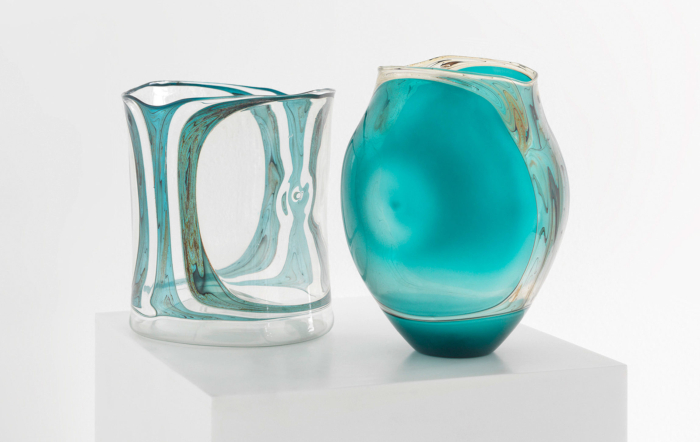
For all that the Romans knew and used concretes in construction, as a building material it is very much one associated with the 20th century, more often than not in combination with a steel skeleton.
And invariably in buildings that polarise: whereas buildings in brick, stone, wood etc tend to be judged on their form and function, buildings in concrete tend to be judged on their material.
With Beton the S AM Swiss Architecture Museum aim to use examples of concrete construction in Switzerland as the basis for both deeper considerations on concrete as a building material, considerations beyond the superficial of the facade, and also deeper considerations on the cultural relevance and context of concrete in Switzerland, on the associations between the use of concrete and Swiss understandings and definitions of Switzerland and Swissness.
Considerations which although Swiss specific in their nature, should also allow for more universal perspectives on our use of and relationships with concrete.
Beton is scheduled to open at S AM Swiss Architecture Museum, Steinenberg 7, 4051 Basel on Saturday November 20th and run until Sunday April 24th. Please check the S AM Swiss Architecture Museum website for current information regarding opening times, ticketing and safety/hygiene regulations.
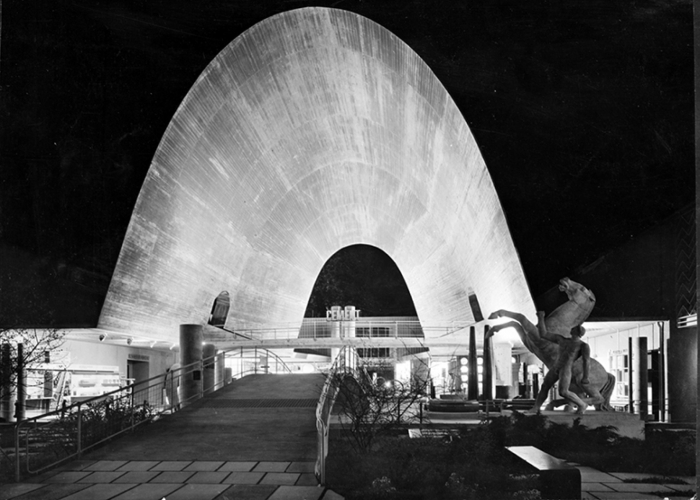
For all that artificial intelligence still sounds like a far-off future, it is very much a real, every day thing. And will increasingly become so. Thus making it ever more acute that we all understand where contemporary artificial intelligence is, and consider where it could, should, go.
Promising a presentation which, alongside examples of contemporary artificial intelligence, discusses the history of, the basics of, and the infrastructure of artificial intelligence, and that via a multi-medial, multi-disciplinary, showcase, Artificial Intelligence. Machine Learning, Human Dreams should allow for structured and focussed considerations on the whats, the hows, the whys, the wherefores of artificial intelligence in a context that goes far beyond the usual focus on specific artificial intelligence applications, a focus which can tend to become one of the merits, or otherwise, of that application rather than on wider artificial intelligence.
And thereby enabling one to approach better grounded answers to the myriad questions of our future relationship with and employment of artificial intelligence, including those regularly overlooked questions of environmental and social sustainability.
Which is important, because artificial intelligence will become more prevalent, will affect us all and thus concerns us all.
Artificial Intelligence. Machine Learning, Human Dreams is scheduled to open at the Deutsches Hygiene-Museum, Lingnerplatz 1, 01069 Dresden on Saturday November 6th and run until Sunday August 28th. Please check the Deutsches Hygiene-Museum website for current information regarding opening times, ticketing and safety/hygiene regulations.
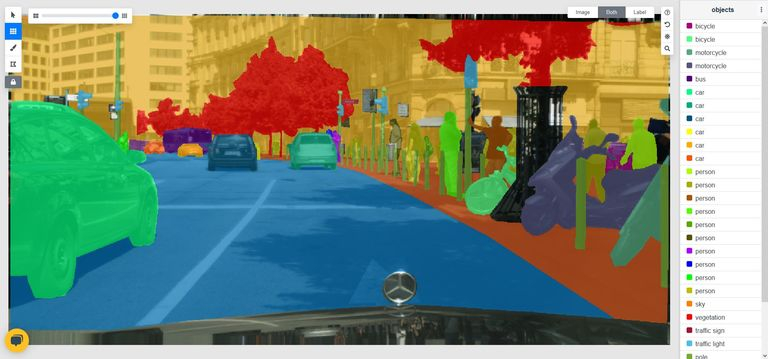
There is a undeniable attraction towards the argument that the technological changes of the turn of the 19th/20th century continue to define both our contemporary world and our understandings of the world; that despite our contemporary digital networked technology, our societies are still very much focussed on and defined by that which was developed a century or so ago: the car, the radio, the aeroplane, the skyscraper.
The latter two of which are the focus of Aerial Vision and its promised exploration of how the rise, pun intended, of the aeroplane and the skyscraper not only altered our ways of life but our view: we were able to look down, physically and figuratively.
A new perspective on our planet, on our societies and on our contemporaries The Wolfsonian–FIU aim to explore via a presentation of some 100 works of international art and design whose numerous and varied positions, understandings, hopes and fears should allow for differentiated appreciations of the impact and relevance of achieving height, of being able to rise higher than ever before, on society then and now.
And thereby (should) also help underscore how changing our perspective can change not just our view on the world but our relationships to it.
Aerial Vision is scheduled to open at the The Wolfsonian–FIU, 1001 Washington Avenue, Miami Beach, FL 33139 on Friday November 19th and run until Sunday April 24th. Please check the The Wolfsonian–FIU website for current information regarding opening times, ticketing and safety/hygiene regulations.
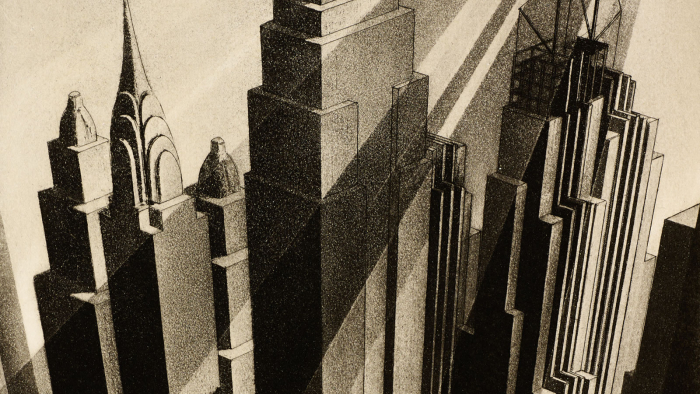
Among the more pernicious social problems global society must rapidly get a grip off, homelessness is without question towards the top of the list. And while architecture may appear an unlikely path to a solution, there is something very pleasing about an architecture museum exploring the issue.
Promising a presentation that explores the statistics, reasons and contemporary realities of homelessness in a global context alongside discussions on examples of historic and contemporary architectural projects aimed at resolving particular local homelessness issues, Who‘s Next? should not only remind us all that each and everyone of us could be, nor only underscore that the complexities of homelessness make it a social problem that can only be tackled in a multi-disciplinary approach in which the whole of civil society has a role to play, but hopefully also cause one or the other architect to reflect on their profession's own contribution to the advancement of global homelessness, reflect that architecture, for all in context of urban planning and major infrastructure/commercial/prestige/vanity projects is rarely, if ever, passive. And that whether it is good active or bad active is a much more complex, wide-ranging, question than that which is tended to be posed.
Who‘s Next? Homelessness, Architecture and Cities is scheduled to open at the Architekturmuseum der TUM, Barer Str. 40, 80333 Munich on Thursday November 4th and run until Sunday February 6th. Please check the Architekturmuseum der TUM website for current information regarding opening times, ticketing and safety/hygiene regulations.
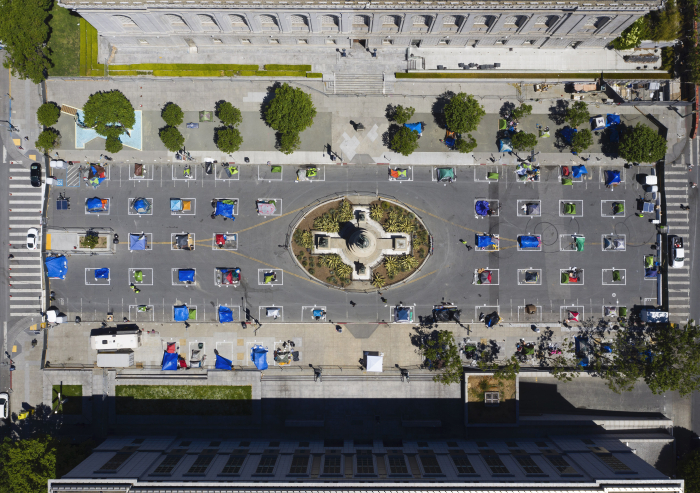
* Letitia Elizabeth Landon, Traits and Trials of Early Life, Henry Colburn, London 1836